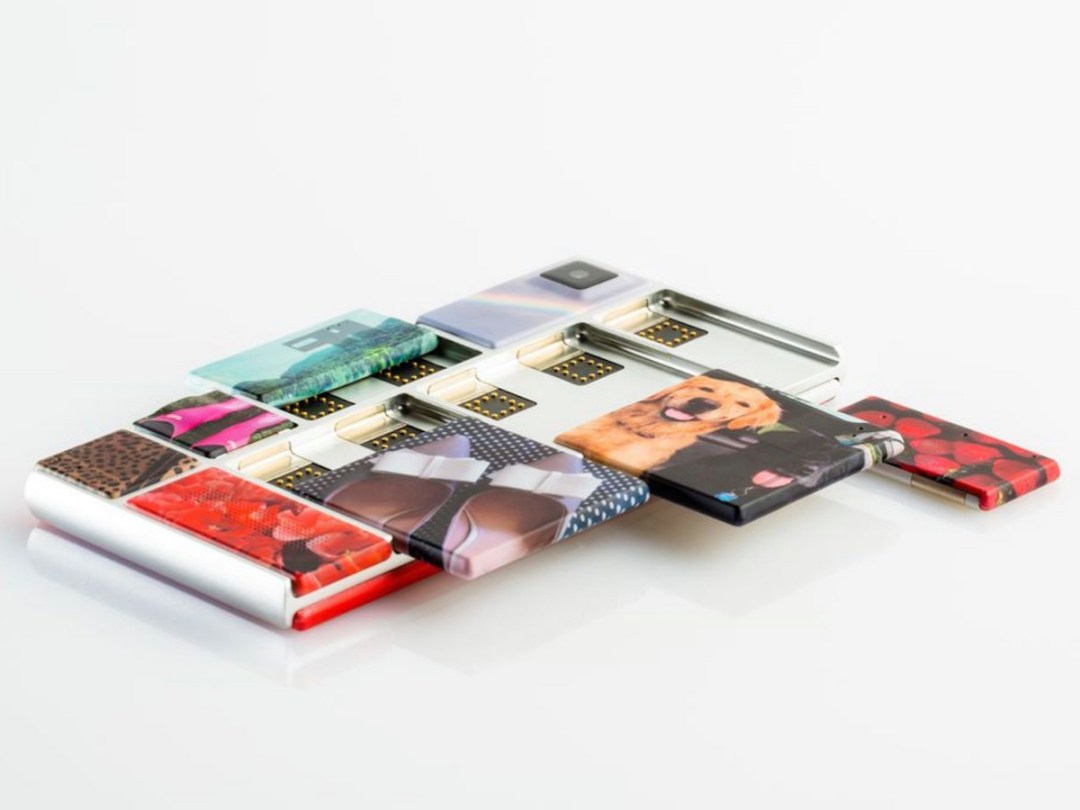Project Ara was delayed because magnets won’t hold the modular phone together
Well, that sounds like a pretty fundamental issue - Google admits changes ahead

Google’s Project Ara could be potentially revolutionary for smartphones: What if, instead of having to buy an entire phone when yours breaks or becomes dated, you simply buy and quickly attach new components? It almost sounds too good to be true.
And maybe it is. Google was supposed to pilot test Project Ara devices in Puerto Rico this year, but earlier this week announced that the devices won’t see the light of day until 2016 – and that a new pilot location in the United States is being scouted. Why the delay?
Ara’s official Twitter account suggested that “lots of iterations” were the cause, and now we have more detail as to why: the electropermanent magnets simply don’t work well enough. The account tweeted “No more electropermanent magnets” today, adding the hashtag, “#FailedTheDropTest.”
In other words, while those powerful magnets do the trick when it comes to quickly attaching and detaching modules – like a new screen, battery, or camera – they’re not secure enough to handle the bumps and bruises of everyday phone use. And if that’s the case, then Project Ara isn’t a remotely viable consumer product, because the majority of us don’t use our phones in a bubble.
However, this isn’t the end; last week, Google promised that Ara "isn’t going anywhere," and that remains true. Another tweet today reads, "We are testing a signature experience to attach/detach modules," and adds the hashtag, "#HopeYouLikeIt."
We hope so too – because Project Ara is one of the most exciting developments in the smartphone world in ages, and we’d love to see what’s possible when devices become less disposable and a lot more customisable in the process.


